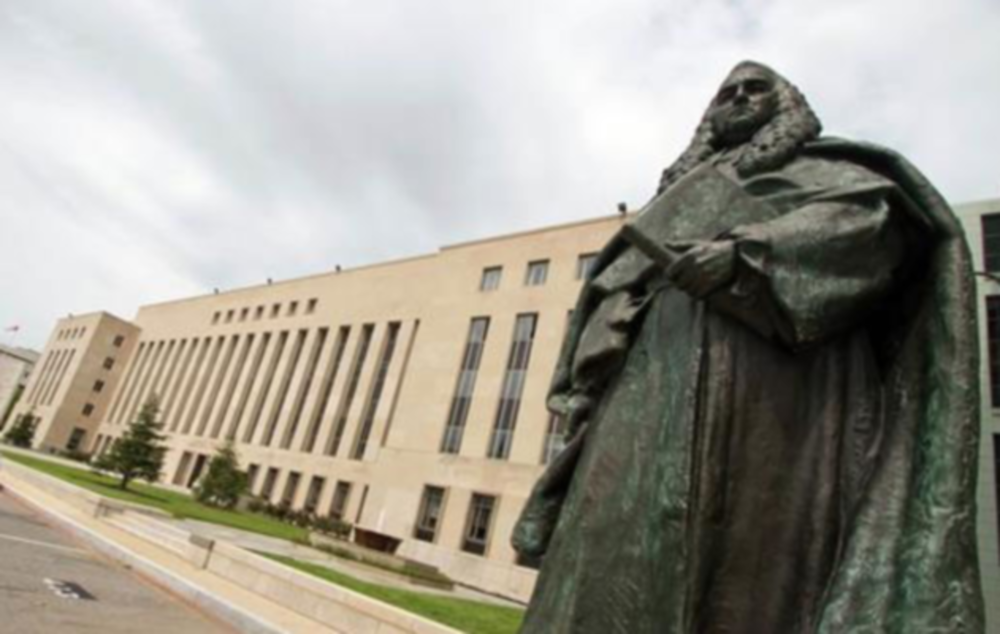After the Postal Regulatory Commission gave the U.S. Postal Service nearly everything it asked for in an appeal on the scope of the exigent surcharge, USPS has gone back to the D.C. Circuit Court of Appeals to ask for more.
In Order No. 2623 filed on July 29, the PRC answered a court mandate to reassess the cost of the Great Recession by essentially checking off the Postal Service’s wish list. It threw out the controversial “count once” rule in accounting the deficit that brought exigency into play, extending the amount that could be collected via the surcharge by $1.2 billion to $3.96 billion.
The wish PRC didn’t grant, and that the Circuit Court’s original opinion also declined, was establishing the 4.3% exigent rate increase as part of the Postal Service’s base rate. The new appeal, which simply asks the court to review Order No. 2623, is clearly a move by USPS to keep exigency in play. As the situation now stands, it will be phased out next spring, most likely in April.
“I can only make a conjecture that [USPS managers] figure that postal reform may or may not occur before exigency is pulled out, so maybe the best way to keep it going is to send it back to the court that took six months to make the first decision,” says Gene Del Polito, president of the Association for Postal Commerce. “They have a whole staff of lawyers that can just file this stuff, so they do it and force the mailing industry to spend more time on the issue. It’s another way of leaving the opponent dry.”
Unlike most federal government agencies, the Postal Service, under the Postal Accountability and Enhancement Act of 2006, does not have to OK legal actions with the Justice Department before filing them.
The Postal Service’s appeal didn’t surprise Hamilton Davison, president and executive director of the American Catalog Mailers Association. “They feel they have to have the surcharge to be able to operate profitably and will do everything they can until the last appeal is denied,” he says. “In some ways I can’t say I blame them, but it adds further doubt and cloudiness to all sorts of questions.”
Sen.Tom Carper (D-DE), who has been stumping for postal reform for years, has circulated a draft of a new bill that he’d like to introduce when Congress returns from summer recess. Sources who have seen the draft say that it confers more powers to control rates on the PRC. That, if true, could also have helped trigger the USPS’s latest appeal.








